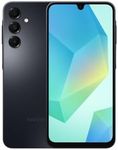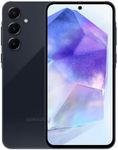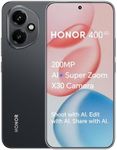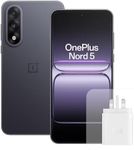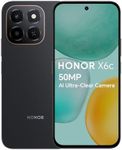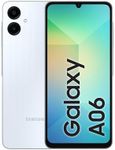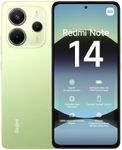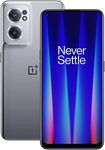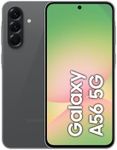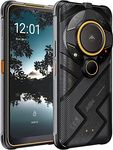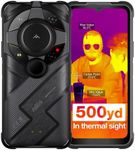Buying Guide for the Best Budget Phones
When it comes to buying a budget phone, it's important to find a balance between cost and functionality. Budget phones have come a long way and now offer many features that were once only available in high-end models. To make the best choice, you need to consider several key specifications that will impact your overall experience. Understanding these specs will help you find a phone that meets your needs without breaking the bank.DisplayThe display is the screen of the phone where you view all your content. It's important because it affects how you see images, videos, and text. Budget phones typically come with LCD or OLED displays. LCDs are more common and generally cheaper, but OLEDs offer better color and contrast. Screen resolution is also crucial; higher resolutions like Full HD (1080p) provide clearer and sharper images compared to HD (720p). If you watch a lot of videos or play games, a higher resolution and better display type will enhance your experience.
Battery LifeBattery life determines how long your phone can operate before needing a recharge. This is crucial for staying connected throughout the day. Battery capacity is measured in milliampere-hours (mAh). Budget phones typically have batteries ranging from 3000mAh to 5000mAh. A higher mAh value generally means longer battery life. If you use your phone heavily for activities like gaming or streaming, opt for a higher capacity battery. For lighter use, a lower capacity may suffice.
Camera QualityThe camera quality affects the photos and videos you can capture with your phone. Budget phones often have multiple cameras, including a main camera, ultra-wide, and sometimes a macro lens. The main camera's megapixel count (MP) is a good indicator of photo resolution, with higher MP providing more detail. However, software optimization and additional features like night mode also play a significant role. If photography is important to you, look for a phone with a higher MP count and good reviews on camera performance.
ProcessorThe processor, or CPU, is the brain of the phone, determining how fast and efficiently it can run apps and perform tasks. Budget phones usually come with mid-range processors that are sufficient for everyday tasks like browsing, social media, and light gaming. Common processors in budget phones include Qualcomm Snapdragon 400 or 600 series and MediaTek Helio series. If you plan to use your phone for more demanding tasks, look for a phone with a slightly more powerful processor within the budget range.
StorageStorage capacity determines how much data you can keep on your phone, including apps, photos, videos, and music. Budget phones typically offer 32GB to 128GB of internal storage. If you store a lot of media or install many apps, opt for higher storage. Some budget phones also support expandable storage via microSD cards, which can be a cost-effective way to increase capacity. Consider your usage habits to decide the right storage size for you.
RAMRAM (Random Access Memory) affects how well your phone can handle multitasking and run multiple apps simultaneously. Budget phones usually come with 2GB to 6GB of RAM. More RAM allows for smoother performance and better multitasking. If you frequently switch between apps or use resource-intensive applications, aim for a phone with at least 4GB of RAM. For basic use, 2GB to 3GB may be sufficient.
Build QualityBuild quality refers to the materials and construction of the phone. Budget phones often use plastic or polycarbonate bodies, which are durable and lightweight. Some may have metal frames or glass backs for a more premium feel. Good build quality ensures the phone can withstand daily wear and tear. If durability is a priority, look for phones with reinforced designs or additional protective features like water resistance.
Software and UpdatesThe software experience and update frequency can significantly impact your phone's performance and security. Budget phones typically run on Android, with some offering near-stock Android for a cleaner experience. Regular software updates are important for security and new features. Check if the manufacturer has a good track record of providing updates. If you prefer a clutter-free interface and timely updates, look for phones with Android One or similar programs.
